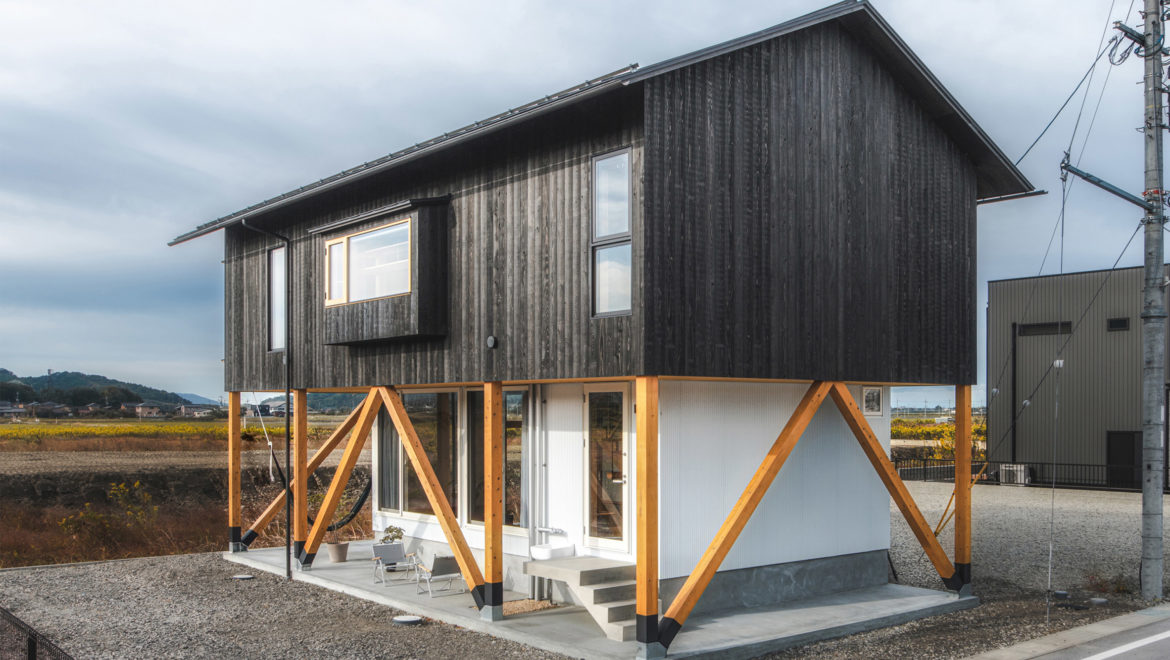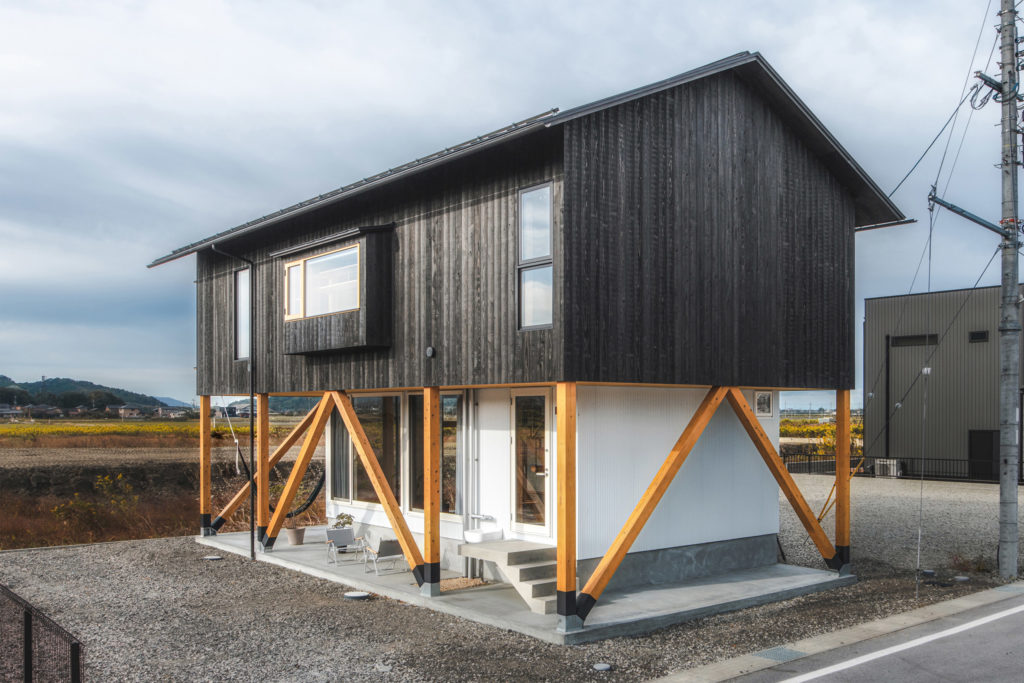Challenges and Opportunities in the UK Construction Sector
The United Kingdom’s construction industry has long been a cornerstone of economic growth and infrastructure development. However, the sector faces a myriad of challenges that require innovative solutions for sustainable growth. In this blog, we will delve into the current challenges confronting the UK construction industry, ranging from labor shortages and escalating material costs to economic factors. Additionally, we will explore potential solutions and highlight opportunities that can drive the industry forward.
Challenges:
- Labor Shortages: The shortage of skilled labor has become a pervasive issue in the UK construction sector. Factors such as an aging workforce, a lack of apprenticeships, and the impact of Brexit have contributed to a significant skills gap. This shortage not only hampers project timelines but also puts upward pressure on wages, affecting overall project costs.
- Escalating Material Costs: The construction industry is highly susceptible to fluctuations in material costs, and recent years have seen a surge in prices for key construction materials like steel, lumber, and cement. Global supply chain disruptions, increased demand, and environmental regulations are among the factors driving these cost escalations, adding financial strain to construction projects.
- Economic Factors: Economic uncertainties, exacerbated by events such as the COVID-19 pandemic and Brexit, have impacted the construction sector. Fluctuations in interest rates, inflation, and overall economic stability can influence investment decisions, project financing, and the demand for construction services.
Solutions:
- Investment in Training and Education: To address the labor shortage, the industry must prioritize investment in training and education programs. Collaborations between industry stakeholders, educational institutions, and government bodies can facilitate the development of apprenticeships and training initiatives to nurture a skilled workforce.
- Innovative Construction Technologies: Embracing technology, such as Building Information Modeling (BIM), robotics, and automation, can enhance efficiency and productivity in the construction process. Implementing digital tools can streamline project management, reduce errors, and mitigate the impact of labor shortages.
- Diversification of Material Sources: To mitigate the impact of escalating material costs, construction firms should explore alternative and sustainable material sources. Embracing eco-friendly materials and establishing long-term partnerships with suppliers can contribute to cost stability and resilience against supply chain disruptions.
Opportunities:
- Green Construction and Sustainability: The growing emphasis on sustainability presents a significant opportunity for the construction sector. Investments in green construction practices, energy-efficient technologies, and eco-friendly materials not only align with environmental goals but also cater to the increasing demand for sustainable infrastructure.
- Infrastructure Development: The UK government’s commitment to infrastructure development, as outlined in various national strategies, provides a substantial opportunity for the construction sector. Major projects, such as transportation upgrades, renewable energy initiatives, and affordable housing schemes, offer a pathway for industry growth.
- Collaboration and Partnerships: Collaborative efforts between public and private sectors, as well as international partnerships, can create a conducive environment for growth. Joint ventures, alliances, and knowledge-sharing initiatives can foster innovation, address challenges collectively, and unlock new avenues for development.
Conclusion:
The challenges faced by the UK construction sector are undeniably complex, but within them lie opportunities for evolution and growth. By addressing labor shortages through strategic training programs, adopting innovative technologies, and navigating material costs with sustainable practices, the industry can not only overcome obstacles but also emerge stronger and more resilient. Embracing the evolving landscape, seizing opportunities for collaboration, and staying attuned to the demands of a sustainable future will be key in shaping the trajectory of the UK construction sector.


















